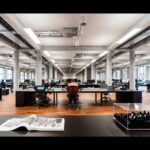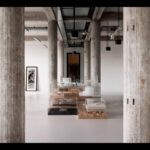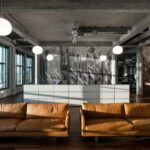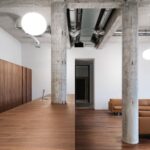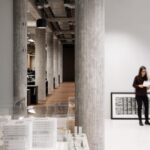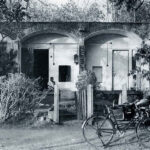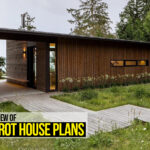Modern architecture moves swiftly, and KAAN Architecten has made a name for itself as a leader in the rapidly changing field of contemporary architecture. An excellent illustration of their commitment to creative design is the “De Bank” project. The three main components of this case study—design, materials/construction, and sustainability—showcase the breadth of De Bank’s architectural inventiveness.
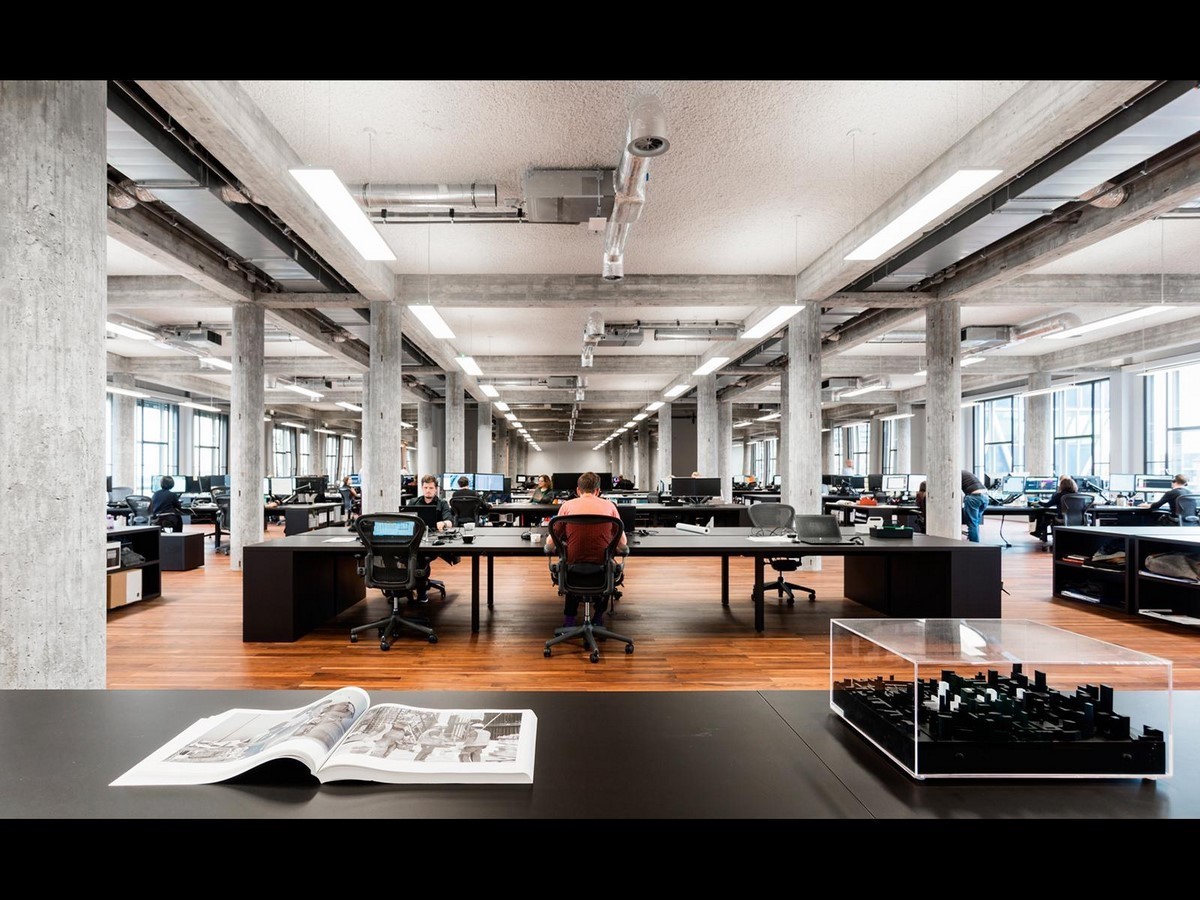
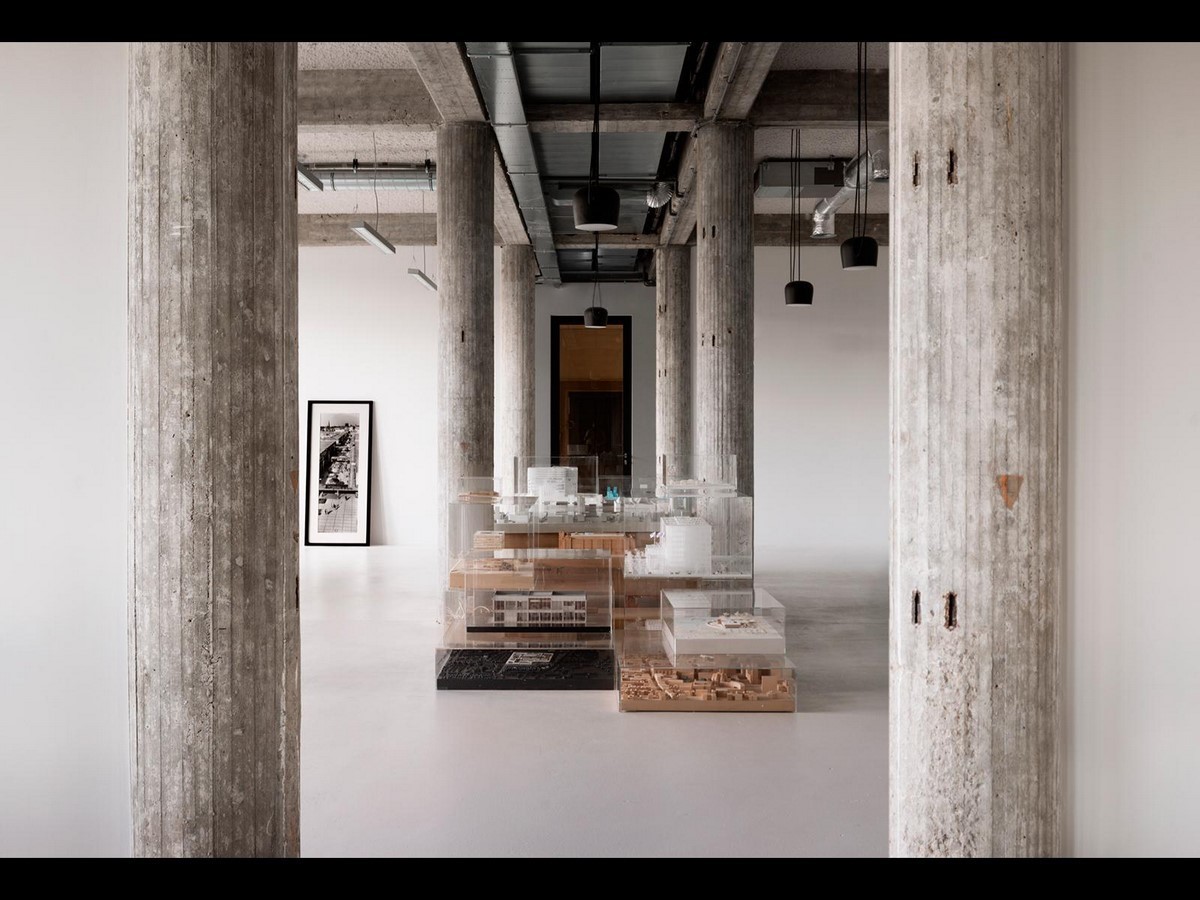
Part 1: Design – Crafting Timeless Spaces
Planning: The building of De Bank required intricate planning that went beyond the bounds of traditional architectural style. A careful examination of the site’s historical and cultural setting demonstrated KAAN Architecten’s commitment to contextual awareness. The design was able to retain its uniqueness while blending in with its surroundings because to the careful planning that went into it.
Design Solutions: De Bank stands out for its clever use of space, well placed windows, and an open floor plan that lets in an abundance of natural light. This well-considered design decision fosters a sustainable and energy-efficient workplace while improving aesthetics. The structure is distinguished by the way light and space interplay to produce a fascinating ambiance.
Design Philosophy: De Bank, the company’s flagship project, embodies the design philosophy of KAAN Architecten, which is characterised by a smart balance of form and function. The simple style and lines highlight the architects’ dedication to producing long-lasting structures. De Bank is a stunning example of architecture that embodies a design concept that prioritises classical elegance, functionality, and a refined human experience.
Discussing the design philosophy and looking at the cultural factors that influenced the architects’ vision are essential. The subtle references to the site’s cultural heritage throughout the design demonstrate KAAN Architecten’s appreciation for the history and customs of the area. The neighbourhood seems more integrated and the architectural story gets more complex when these features are included.
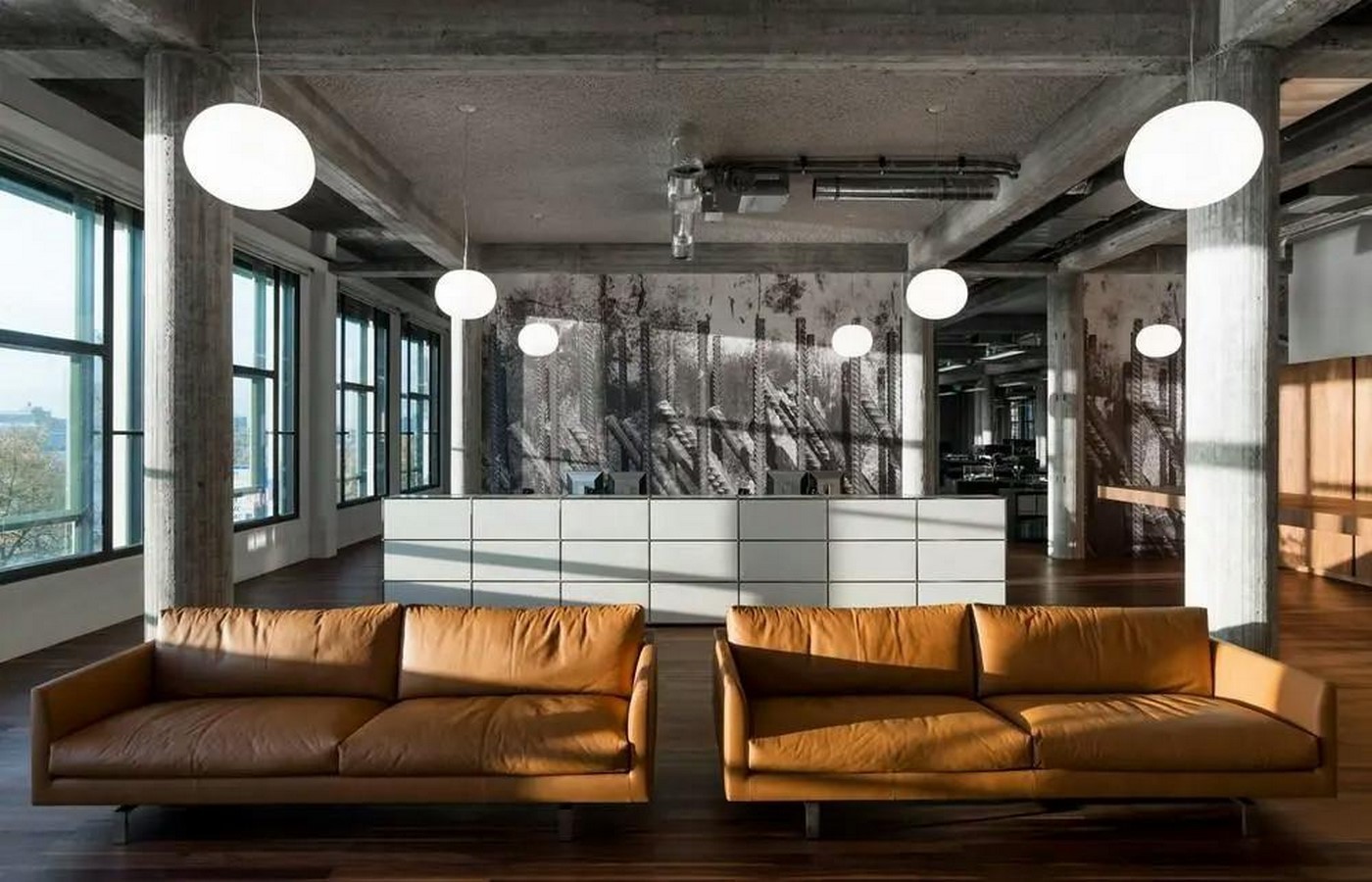
Part 2: Materials/Construction – Pushing the Boundaries
Creative Construction Techniques: The De Bank facade is proof of the effective fusion of contemporary construction techniques with customary craftsmanship. KAAN Architecten pushes the boundaries of traditional design by combining modern cladding techniques with traditional materials like brick. This approach demonstrates the architects’ dedication to using cutting-edge construction methods in addition to creating visual appeal.Special Materials: De Bank has made thoughtful selections in her material palette, combining durability and sustainability. The interior spaces are sensuous and tactile, with materials chosen for both aesthetic appeal and environmental consciousness. This commitment to quality materials ensures the construction’s toughness and longevity.
When delving deeper into the special materials, it’s critical to highlight the architects’ emphasis on local material sourcing. This reduces the carbon impact of the transportation sector and improves the building’s relationship with the community. Using reused and upcycled materials communicates a message about responsible resource consumption and usage while reinforcing the commitment to sustainable practices.
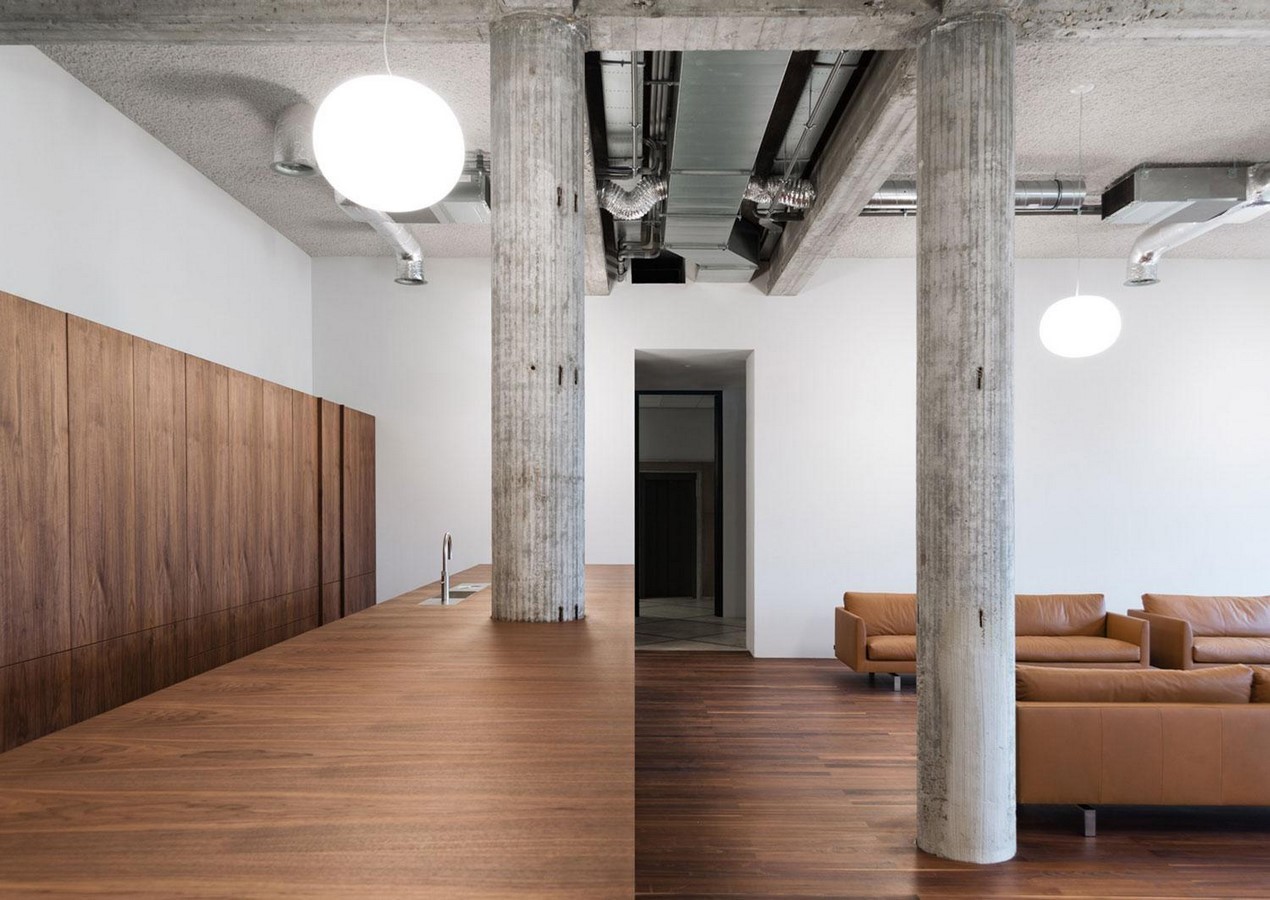
Part 3: Sustainability – A Green Oasis in Urbanity
Sustainable Design Principles: De Bank advocates for passive design strategies that minimise the need for artificial systems while optimising natural light and ventilation. A sustainable refuge in the middle of the city is created by incorporating green spaces throughout the structure. KAAN Architecten’s dedication to sustainable design goes beyond superficial commitments; it is a reflection of a deep understanding of environmental responsibility.
Energy-efficient Systems: The entire building is equipped with cutting-edge, energy-efficient technologies, including temperature control and intelligent lighting. Even more renewable energy sources, such as solar panels, aid De Bank in lowering its carbon footprint. These technological developments not only align with contemporary environmental concerns, but also position De Bank as an example for sustainable urban expansion.
Investigating the water-saving techniques used by De Bank is crucial for learning more about sustainable design principles. Aware of the global scarcity of water, the architects developed inventive rainwater harvesting systems. This reduces the building’s reliance on outside water sources and serves as a teaching tool for the community to promote water conservation.
Community participation: At De Bank, community participation is part of sustainability. The building fosters a sense of environmental responsibility among its occupants and the surrounding community by serving as a focal point for educational events and community initiatives. By employing this tactic, De Bank is changed from a passive structure to a contributing part of sustainable urban living.
Examining some of De Bank’s initiatives and events might expand on the subject of community involvement. Initiatives for community gardening, classes on sustainable living, and collaborations with nearby schools to offer environmental education all add to a vibrant and engaged community that views De Bank as a driver of good change.
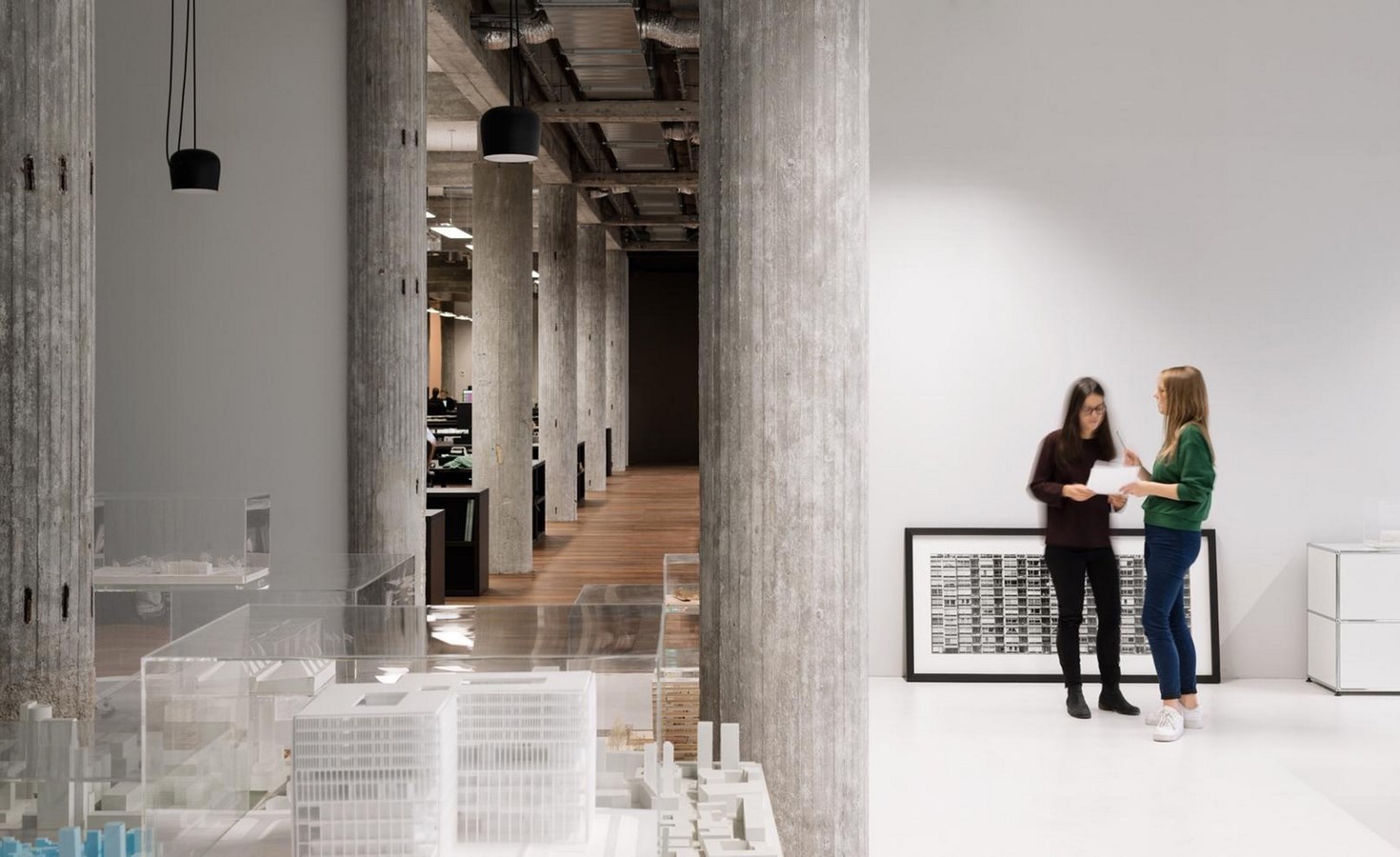
A Masterpiece of Innovation and Sustainability
In summary, De Bank by KAAN Architecten is a symphony of sustainability and innovation rather than merely a building. The synthesis of imaginative design ideas, environmentally friendly construction methods, and meticulous planning yields a building that transcends conventional architectural boundaries. De Bank is not just a demonstration of KAAN Architecten’s expertise, but it also shows how innovation and sustainability may be combined to provide resilient and dynamic urban environments in the future of architecture.
As we navigate the intricate web of sustainability, materials, and design, it becomes evident that De Bank is more than simply a physical building; rather, it is a working example of the transformative power of architecture. The narrative presented by KAAN Architecten illustrates how design fosters the growth of thriving, long-lasting communities outside of De Bank. This is a result of the company’s deft integration of aesthetics, practicality, and environmental consciousness.
As we look to the future of urban growth and strive towards harmonious coexistence with our surroundings, De Bank provides us with a beacon of hope. In KAAN Architecten’s opus, the symphony of innovation and sustainability, De Bank is the booming crescendo that echoes the possibilities of a more sustainable and enlightened future.
References:
- (2016). De Bank KAAN Work. [online]. Available at: https://kaanarchitecten.com/project/de-bank/ [Accessed date: 01/12/2023].
- (2016). De Bank KAAN Work. [online]. Available at: https://www.archdaily.com/800313/de-bank-kaan-architecten [Accessed date: 01/12/2023].
- Team YellowTrace. (2016). De Bank: KAAN Architectn’s New Office In Rotterdam, The Netherlands. [online]. Available at: https://www.yellowtrace.com.au/kaan-architecten-new-office-rotterdam/ [Accessed date: 01/12/2023].
- Mairs.J (2016). Kaan Architecten transforms Rotterdam bank into riverside studio. [online]. Availableat:https://www.dezeen.com/2016/11/23/kaan-architecten-transforms- rotterdam-bank-into-riverside-studio/ [Accessed date: 01/12/2023].
- Aswani.M (2021). An Inside at the Studios of KAAN Architecten. [online]. Availableat: https://www.re-thinkingthefuture.com/rtf-architectural-reviews/a8496-an-inside-look-at-the-studios-of-kaan-architecten/[Accessed date: 01/12/2023].








